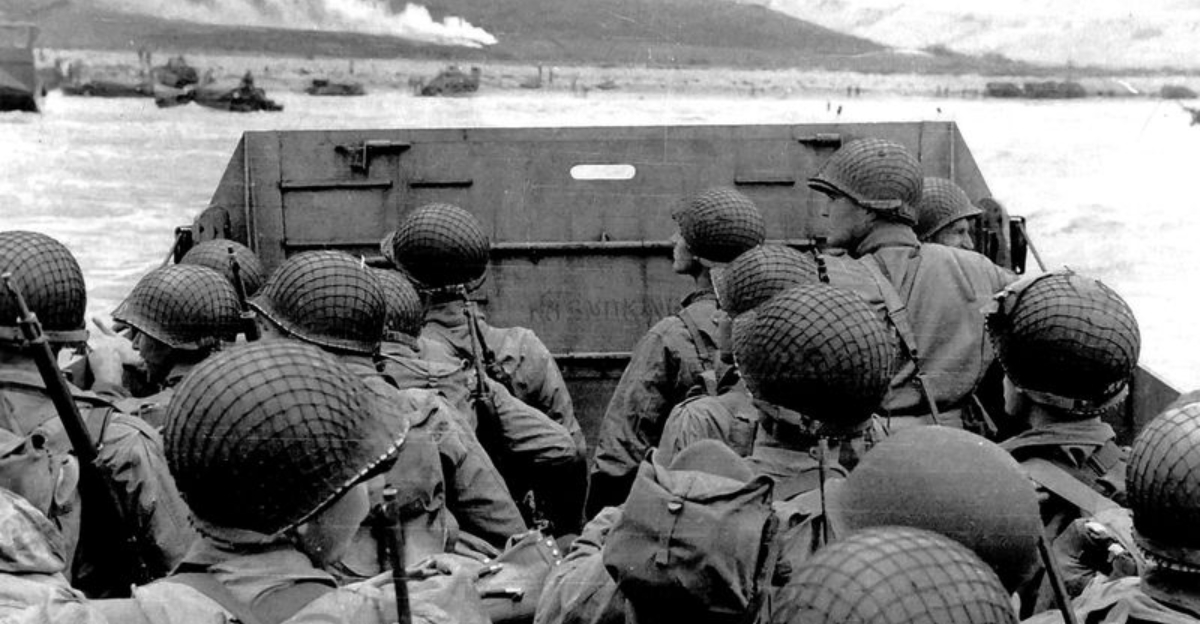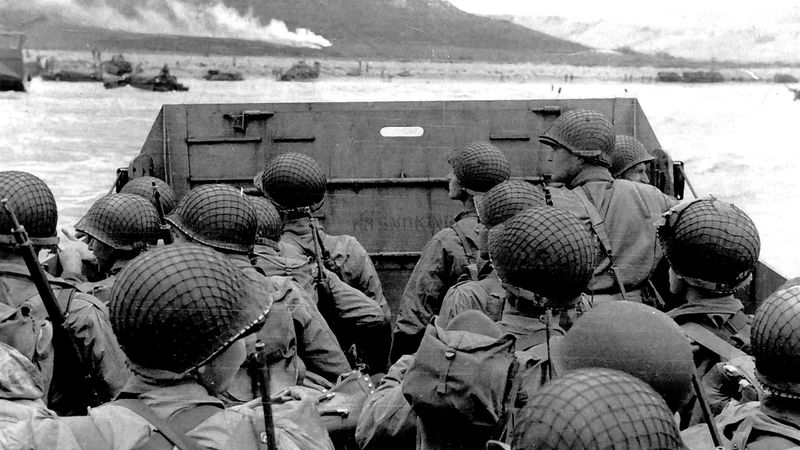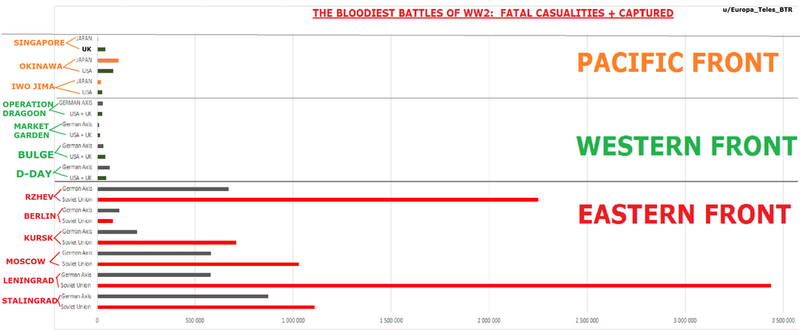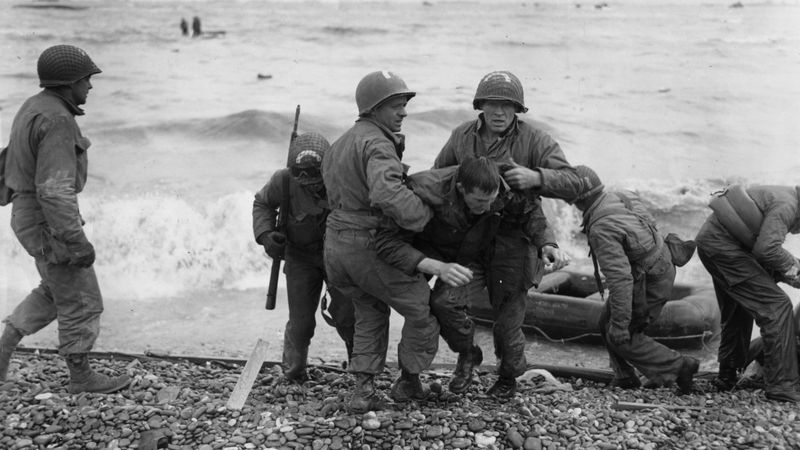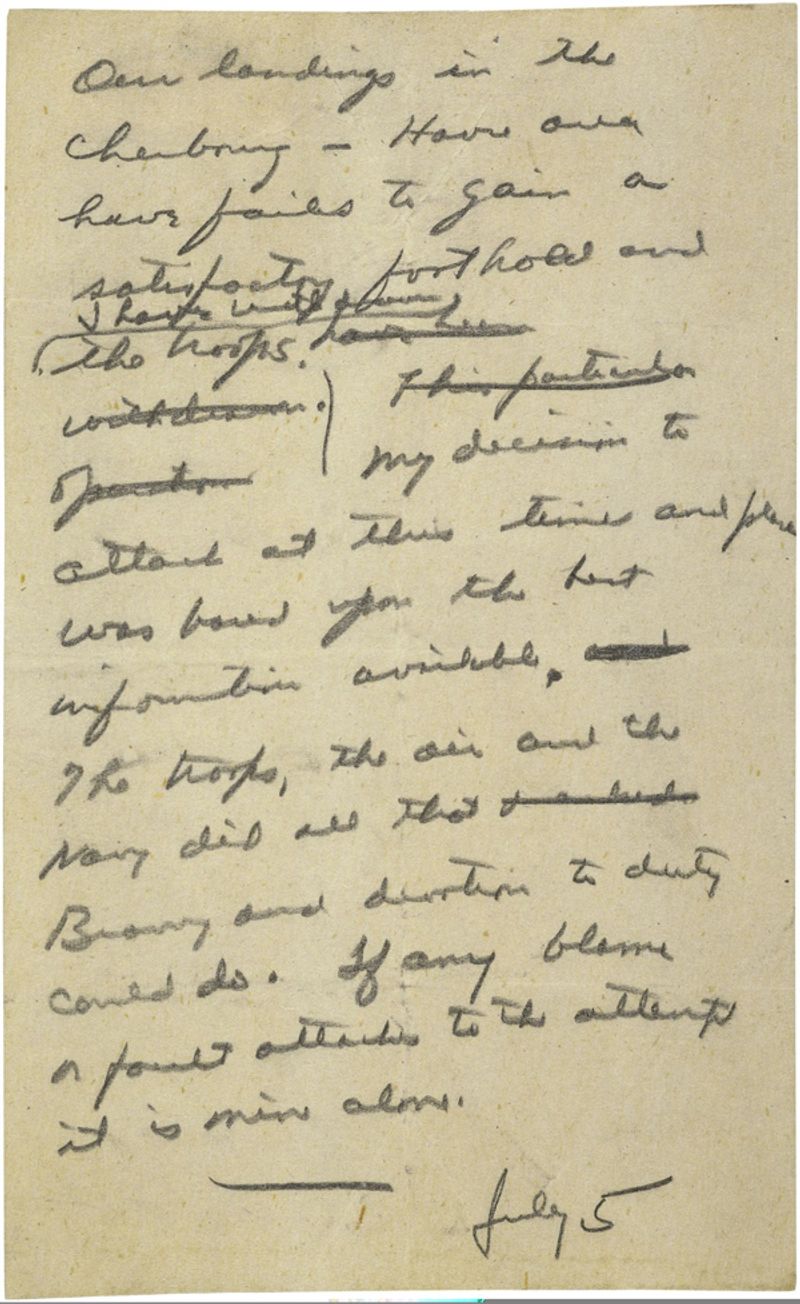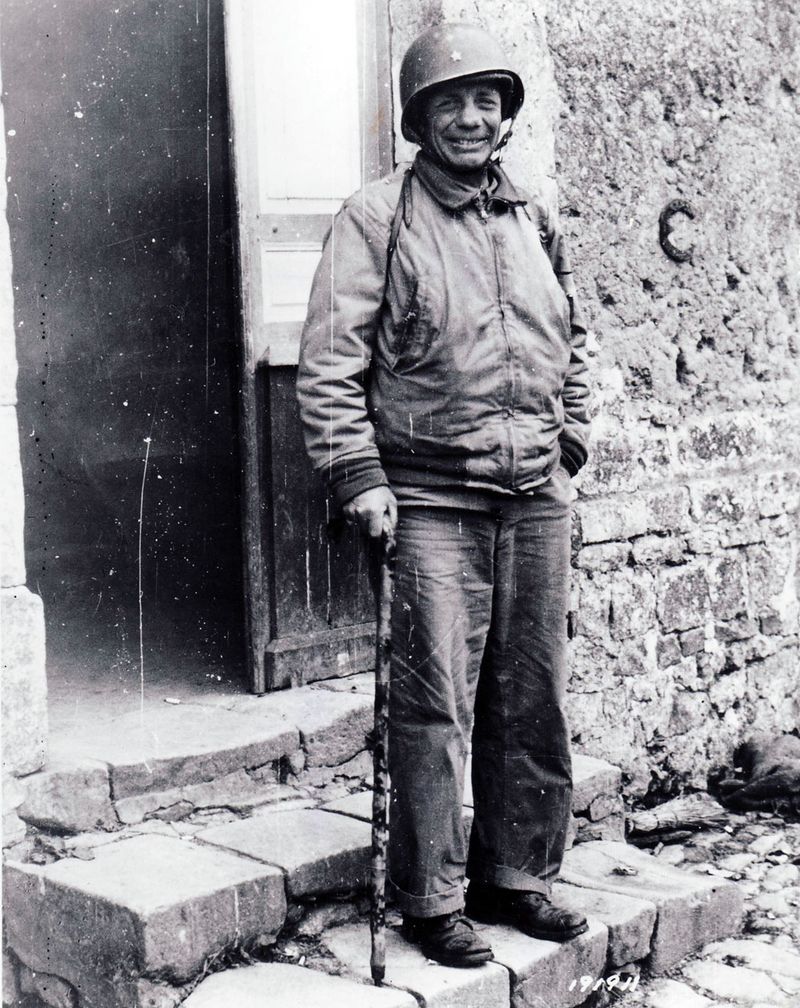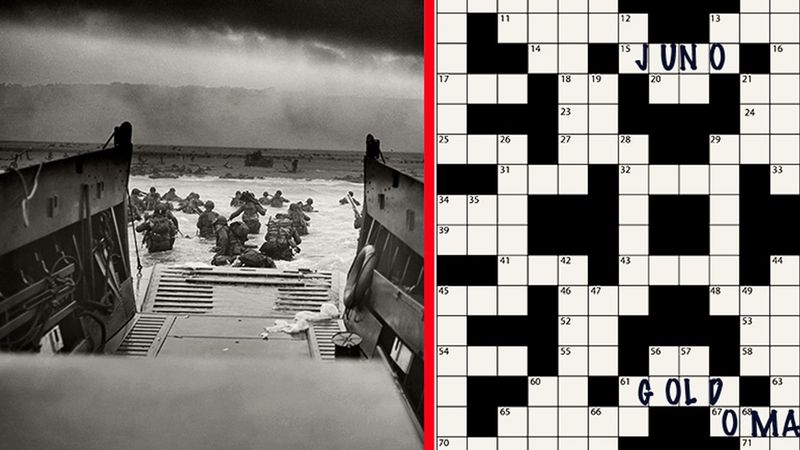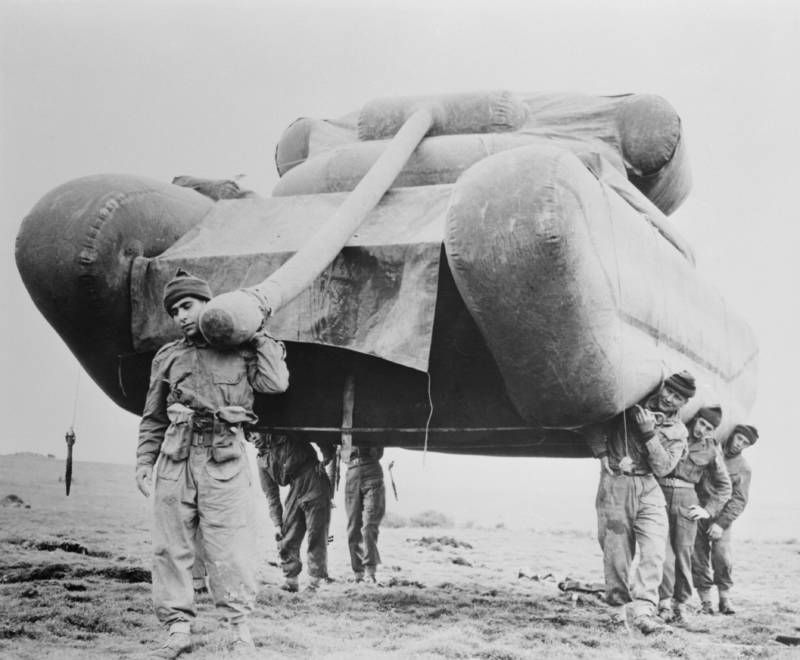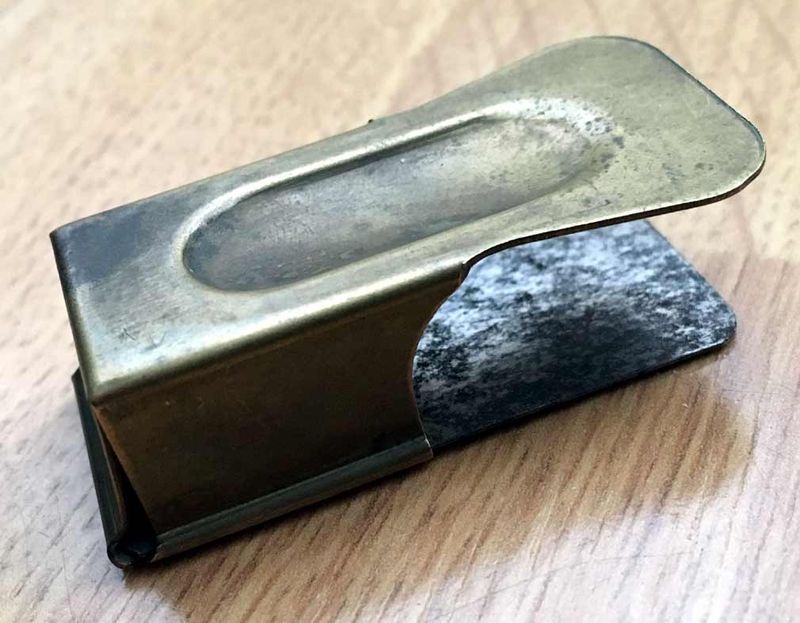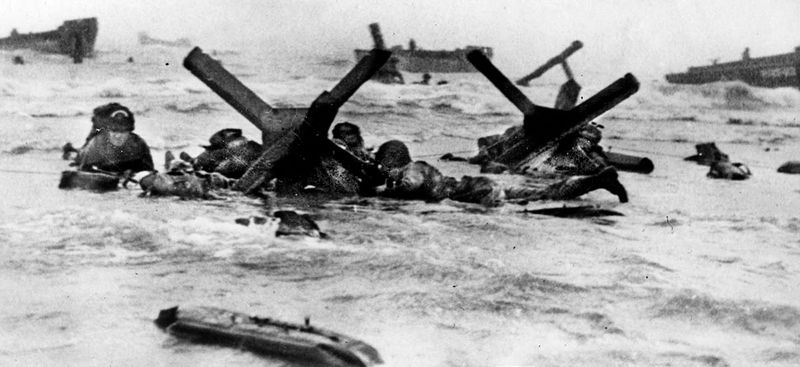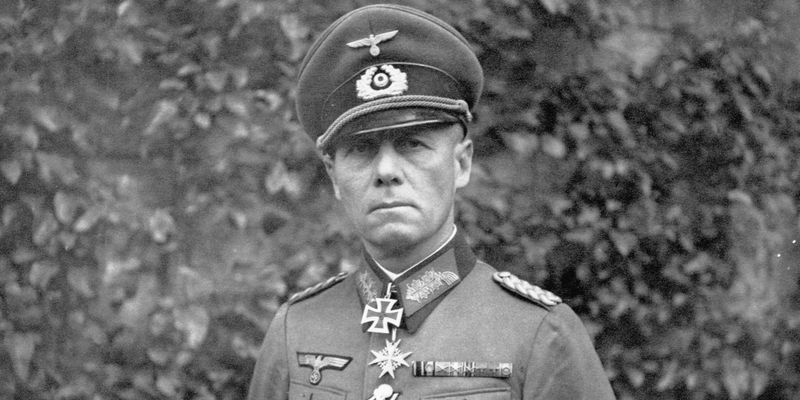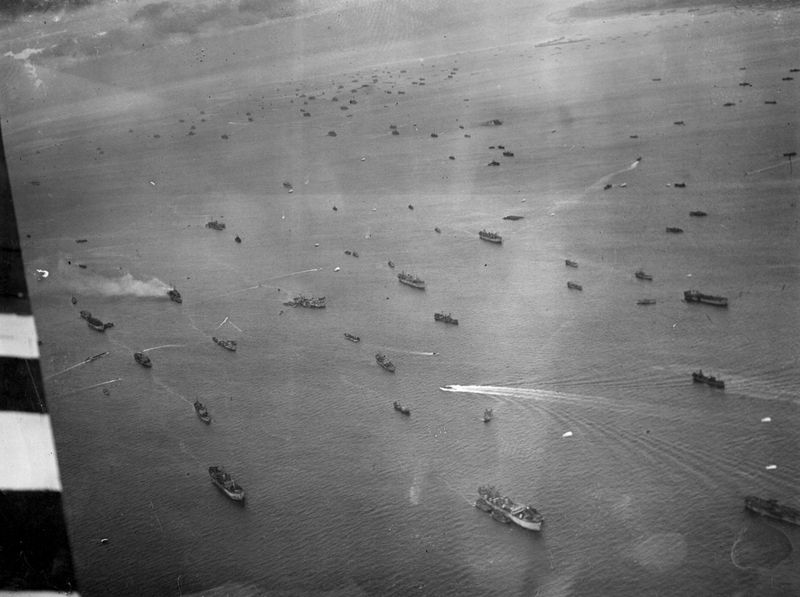D-Day changed the course of World War II when Allied forces stormed the beaches of Normandy on June 6, 1944. This massive invasion began the liberation of Western Europe from Nazi control. While many stories about this historic day have been told over the years, some common beliefs aren’t accurate, and other surprising truths remain unknown to many people.
MYTH: The Beaches Were Conquered By Dawn
Allied soldiers actually fought throughout the entire day and into the night. Many units struggled to reach their planned objectives for days afterward.
At Omaha Beach, American forces faced fierce resistance and nearly failed to establish a secure foothold. German defenders held strong positions in many areas, refusing to surrender despite overwhelming Allied firepower.
Even after securing the beaches, Allied troops faced dangerous hedgerow country that slowed their advance inland. The complete success of the landings wasn’t guaranteed until several days after June 6th.
MYTH: D-Day Was Mainly An American Operation
Americans weren’t alone on those beaches. While U.S. forces secured Utah and Omaha beaches, British troops landed at Gold and Sword beaches, and Canadians stormed Juno Beach with remarkable success.
The Royal Navy provided over 80% of the ships involved in the operation. British and Canadian air forces flew thousands of sorties alongside American planes.
Free French forces, Polish soldiers, Norwegian sailors, and fighters from other occupied nations participated too. D-Day truly represented a unified Allied effort with contributions from many countries working together against Nazi Germany.
MYTH: German Defenses Were Completely Surprised
Field Marshal Erwin Rommel had spent months strengthening coastal defenses along the Atlantic Wall. The Germans expected an invasion somewhere along the coast – they just weren’t sure exactly where or when it would happen.
Hitler’s forces had planted millions of mines, built concrete bunkers, and positioned artillery to cover likely landing zones. They installed deadly underwater obstacles and anti-tank barriers along potential invasion beaches.
German intelligence knew an attack was coming. What truly surprised them was the specific location and the Allies’ ability to land despite rough weather conditions that seemed unfavorable for such a massive operation.
MYTH: D-Day Was WWII’s Bloodiest Day
While approximately 4,400 Allied troops died on June 6th, other battles claimed far more lives in a single day. The first day of the Battle of the Somme in World War I saw nearly 20,000 British soldiers killed.
During the Battle of Stalingrad, daily casualties sometimes exceeded 10,000. The bombing of Tokyo on March 9-10, 1945, killed around 100,000 civilians in a single night.
This doesn’t diminish D-Day’s sacrifice or importance. Each life lost represented tremendous courage, but understanding the scale of other WWII battles helps place D-Day’s casualties in proper historical context.
MYTH: Success Was Inevitable With Allied Superiority
General Eisenhower carried a pre-written statement accepting full blame if the invasion failed. The operation teetered on disaster at Omaha Beach, where American forces nearly retreated under devastating German fire.
Weather almost derailed everything. A narrow window of acceptable conditions allowed the invasion to proceed, and storms shortly afterward would have made landing impossible for weeks.
Countless variables could have spelled disaster – German reinforcements arriving sooner, discovery of the landing sites, or worse weather conditions. The success of D-Day resulted from meticulous planning, extraordinary courage, and some necessary good fortune.
FACT: Eisenhower’s Secret Failure Note
Supreme Allied Commander Dwight D. Eisenhower kept a handwritten note in his wallet throughout June 6th. The message, dated July 5 (accidentally misdated), took full responsibility if the invasion failed.
“Our landings have failed… and I have withdrawn the troops,” he wrote. “The troops, the air and the Navy did all that bravery and devotion to duty could do.”
Eisenhower ended by stating: “If any blame or fault attaches to the attempt, it is mine alone.” This note reveals the tremendous pressure he faced and his willingness to accept personal responsibility rather than blame others for potential failure.
FACT: The President’s Son Stormed The Beach With A Cane
Brigadier General Theodore Roosevelt Jr., son of President Theodore Roosevelt, landed with the first wave at Utah Beach. At 56, he was the oldest man and only general to land with the initial assault troops.
Roosevelt walked with a cane due to arthritis and heart problems. When troops landed in the wrong location, he famously declared, “We’ll start the war from here!” and redirected forces inland.
His remarkable bravery earned him the Medal of Honor. Sadly, Roosevelt died of a heart attack just over a month later in France, having lived to see the successful establishment of the Allied foothold in Europe.
FACT: Crossword Puzzles Nearly Derailed The Invasion
British intelligence officers panicked when top-secret D-Day codewords appeared in Daily Telegraph crossword puzzles. In the weeks before the invasion, puzzles contained answers like “UTAH,” “OMAHA,” and “OVERLORD” – all classified operation names.
MI5 interrogated the puzzles’ creator, a schoolteacher named Leonard Dawe. They suspected a security breach or German spy activity.
The investigation revealed an innocent explanation. Dawe gathered words from his students, who had overheard American and Canadian soldiers using these terms near their military bases. The crossword coincidence remains one of D-Day’s strangest footnotes.
FACT: A Fake Army Of Rubber Tanks Fooled Hitler
Operation Fortitude ranks among history’s greatest military deceptions. The Allies created an entirely fictional army group in southeast England, complete with inflatable rubber tanks, canvas aircraft, and fake landing craft.
Radio operators transmitted false messages about troop movements. Double agents fed misinformation to German intelligence suggesting the main invasion would target Pas-de-Calais, not Normandy.
Even General George Patton was deliberately positioned to command this phantom army, as Germans considered him likely to lead the main invasion force. Hitler fell for the ruse completely, keeping crucial divisions away from Normandy for weeks after D-Day, awaiting an attack that would never come.
FACT: Native American Code Talkers Provided Unbreakable Communications
Fourteen Comanche Code Talkers transmitted crucial messages during the Normandy landings. Their native language, which had never been written down, created an unbreakable code that German intelligence experts couldn’t decipher.
The Comanches developed special military vocabulary for their language. “Pregnant airplane” meant a bomber loaded with explosives, while paratroopers became “falling angels.”
Charles Chibitty, one of these brave Code Talkers, later recalled: “The Germans never did break the Comanche code. For that matter, neither did the Japanese break the Navajo code in the Pacific.” These Native American heroes saved countless Allied lives through their unique linguistic contributions.
FACT: Toy Clickers Saved Paratroopers’ Lives
American paratroopers dropped behind enemy lines carried an unusual life-saving device: brass toy cricket clickers made by a company that normally produced children’s noisemakers. In the darkness and confusion, these simple toys became vital identification tools.
When encountering someone in the dark, a paratrooper would click once. If they heard two clicks in response, they knew they’d found a fellow American rather than a German soldier.
The 101st Airborne Division used these clickers during the critical first 24 hours after landing. Many veterans later credited these simple toys with preventing deadly friendly-fire incidents in the confusion of night combat.
FACT: The Bagpiper Who Marched Under Enemy Fire
Private Bill Millin strode up and down Sword Beach playing “Highland Laddie” on his bagpipes while German bullets whizzed past him. His commander, Lord Lovat, had ordered him to boost morale despite military regulations forbidding bagpipes in battle.
German snipers later claimed they deliberately avoided shooting Millin because they thought he had gone mad. The 21-year-old Scottish commando continued playing as his unit captured key bridges inland.
Known afterward as “The Mad Piper,” Millin’s extraordinary courage became legendary. A statue in his honor stands today near Sword Beach, commemorating one of D-Day’s most unusual and inspiring stories.
FACT: Many Soldiers Drowned Before Reaching Shore
Weighed down by 80-pound packs, many soldiers sank immediately when they exited landing craft in deep water. Some units lost men before firing a single shot or seeing the enemy.
The standard equipment included weapons, ammunition, rations, and tools – often exceeding half the soldier’s body weight. When landing craft couldn’t reach shallow water due to obstacles, troops had to jump into depths beyond their ability to stand.
Army planners hadn’t adequately considered how this heavy gear would affect soldiers in water. Survival often depended on quickly discarding equipment or receiving help from nearby comrades who could reach them in time.
FACT: Thousands Of French Civilians Died From Allied Bombing
Liberation came at a terrible cost for many French families. Allied bombing killed approximately 15,000-20,000 French civilians in Normandy during the preparation and execution of D-Day operations.
Towns like Caen were nearly destroyed by Allied bombardment intended to prevent German reinforcements from reaching the beaches. Some Norman villages lost more civilians than the Allied forces lost soldiers on the beaches.
French families often found themselves caught between gratitude for liberation and grief over lost loved ones. This painful reality is sometimes overlooked in D-Day accounts, though the French people largely accepted these sacrifices as necessary for freedom from Nazi occupation.
FACT: A Birthday Party Helped The Allies Succeed
When the Allies landed, many senior German officers were absent from their posts. Several key commanders had traveled to Rennes for a war-games exercise, while others were on leave for personal reasons.
Field Marshal Gerd von Rundstedt, the elderly German commander in the West, was at his headquarters but lacked authority to deploy crucial armored reserves without Hitler’s permission. Many unit commanders simply weren’t at their posts.
This leadership vacuum caused critical delays in the German response. By the time senior officers returned and organized counterattacks, Allied forces had established strong beachheads. The absence of experienced commanders during those first crucial hours proved disastrous for German defenders.
FACT: Rommel Was Celebrating His Wife’s Birthday
Field Marshal Erwin Rommel, the brilliant commander responsible for Atlantic Wall defenses, was home in Germany celebrating his wife’s birthday when the invasion began. He had concluded that poor weather made an Allied landing impossible that week.
Known as the “Desert Fox” for his African campaign successes, Rommel had been inspecting and strengthening coastal fortifications for months. His absence removed Germany’s most capable defensive tactician from the battlefield at the critical moment.
By the time Rommel returned to Normandy on June 7th, the Allied foothold was firmly established. His wife later recalled him saying, “The invasion has come… and I wasn’t there.”
FACT: Hitler Slept Through The Invasion’s Start
As Allied forces stormed the beaches, Adolf Hitler was sound asleep at his mountain retreat, the Berghof. His staff, fearful of his volatile temper, refused to wake him with the news.
Hitler had been taking powerful sleeping pills prescribed by his doctor, often remaining in bed until late morning. No one dared disturb his rest even as thousands of Allied troops established beachheads in France.
By the time Hitler finally awoke and received reports around noon, precious hours had been lost. Critical Panzer divisions sat idle awaiting his personal authorization to move toward the beaches, authorization that came too late to drive the Allies back into the sea.
FACT: The Largest Naval Armada In History
The D-Day fleet numbered an astonishing 6,939 vessels – from massive battleships to tiny landing craft. This naval force stretched across the horizon as far as the eye could see.
Five battleships, 20 cruisers, and 65 destroyers provided heavy firepower to support the landings. Thousands of smaller craft ferried troops to the beaches while minesweepers cleared channels through German defensive minefields.
Nearly 200,000 sailors and naval personnel participated in this maritime operation. The sheer scale of this armada has never been matched before or since D-Day. When German defenders looked out at dawn, the sea appeared to be covered with ships from horizon to horizon.
